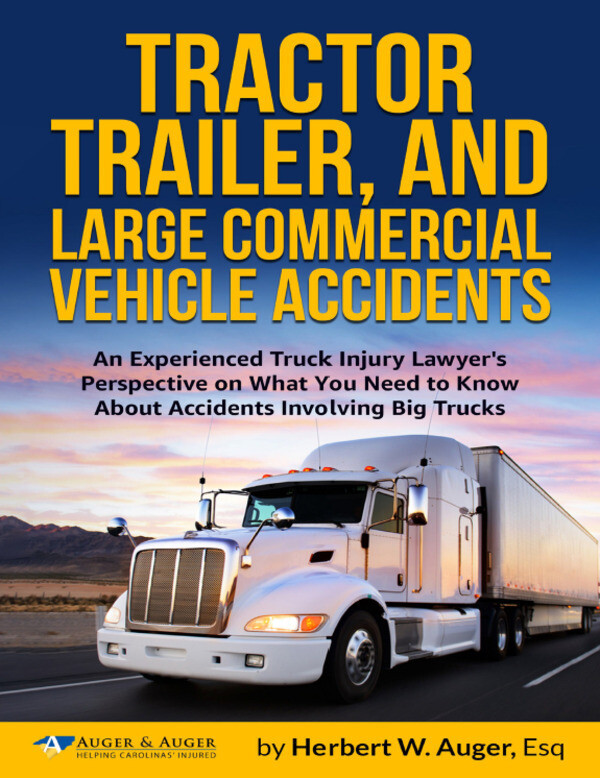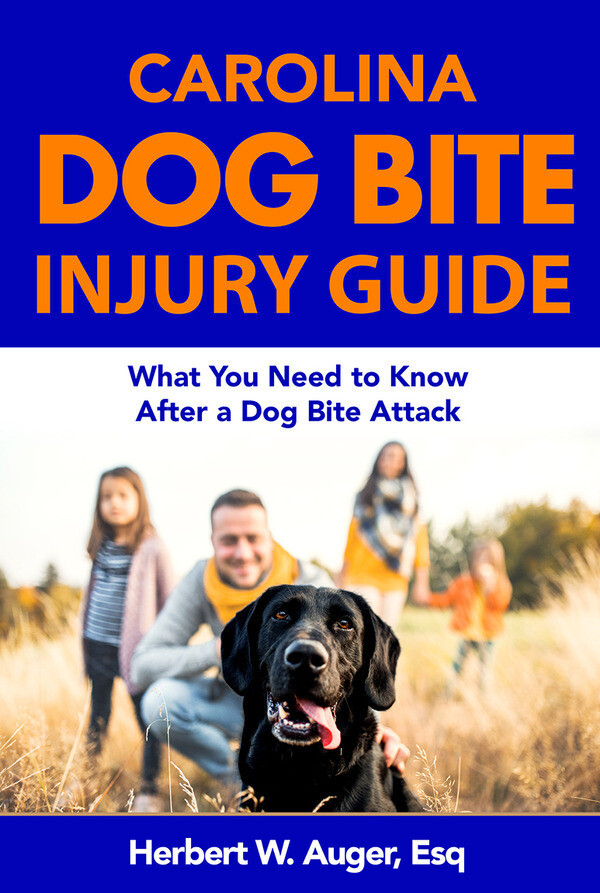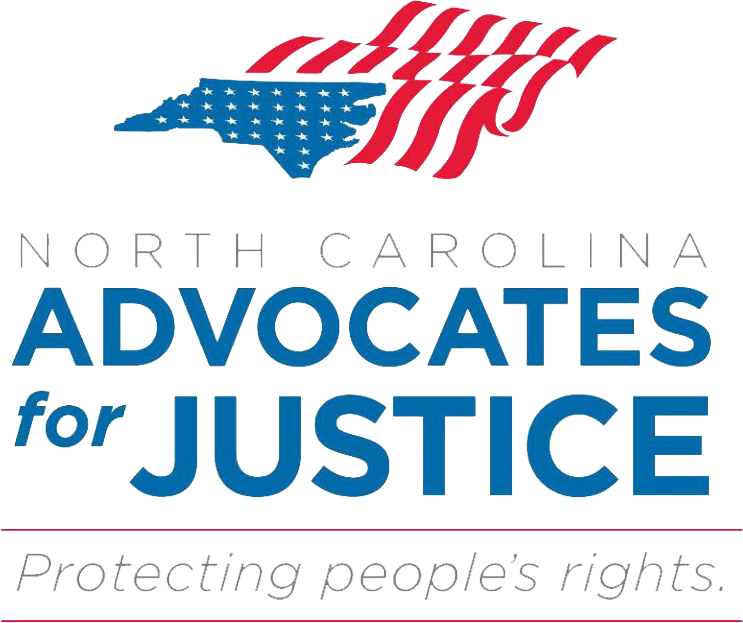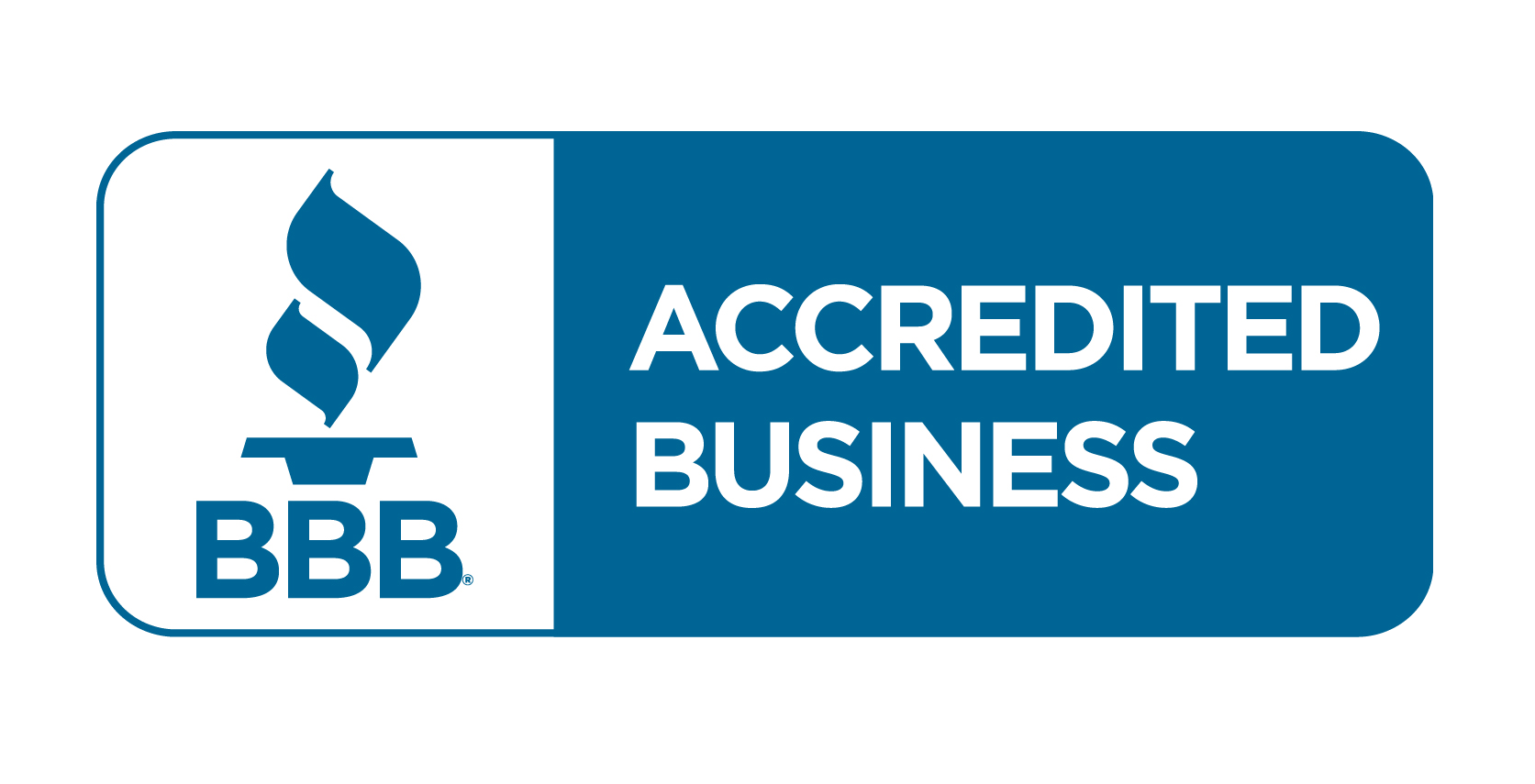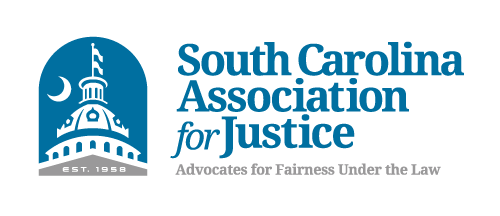With the thousands of global flights crisscrossing our skies every day — it’s a true testament to the pilots, the flight crew, aircraft manufacturers and ground support that commercial air travel is as safe as it is.
The facts are that most planes don’t collide in the air, nor do they lose control and fall to the earth very often. Extreme turbulence, erratic weather patterns, and pilot error may converge at just the wrong time, making avoidance impossible and causing in-flight injuries and fatalities.

Thankfully, the majority of aviation accidents happen before takeoff or during a landing (runway incursions) and usually have significantly lower fatalities than airborne incidents.
The Definition Of Runway Incursions
‘A runway incursion is an incident where an unauthorized aircraft, vehicle or person is on a runway. This adversely affects runway safety, as it creates the risk that an airplane taking off or landing will collide with the object.’
This delineation of this term is set by the International Civil Aviation Organization (ICAO), a specialized agency of the United Nations. It codifies the principles and techniques of international air navigation and fosters the planning and development of international air transport to ensure safe and orderly growth.
Addressing The Problem
According to the Federal Aviation Administration (FAA), runway incursions are a risk that must be addressed, and the administration has made runway safety a priority. Headway has been made. There were a total of 67 incursions in 2000 which posed a risk of collision, and only 8 in 2017.
The FAA categorizes runway incursions in the following manner:
- Category A – An incident in which a collision was only narrowly avoided.
- Category B – A collision was imminent but there was time for corrective or evasive response.
- Category C – An incident in which there was “ample” time or distance to avoid a collision.
- Category D – There was no immediate safety risk; these incidents typically involve only an unauthorized presence on a runway or protected surface.
Who or What Is to Blame?
Millions of people put their lives in the hands of pilots each year. We board an airplane assuming that the person in charge of the controls has exceptional training. We often forget that pilots are not superheroes, but human beings just like the rest of us.
Pilot deviation is one cause of runway incursions. Examples of pilot deviation include taking off or landing without appropriate clearance, and crossing a runway hold marking prior to being cleared by air traffic control.
Operational incidents are another potential cause, specifically those in the hands of traffic controllers. They work long hours and are in charge of hundreds of flights every day. An operational incident may include the clearing of an aircraft onto an incorrect or busy runway or allowing an aircraft to takeoff while a runway is already in operation.
Vehicle (driver) deviation happens when a vehicle crosses a runway prior to receiving clearance from the tower.
While pilots and people in the tower can be forgiven minor mistakes, the errors that cause injury can’t be swept under the rug. Victims of aviation accidents caused by runway incursion deserve compensation and those responsible for the injuries must be held accountable. Our law firm takes every aviation accident very seriously, whether it happens in the air or on the ground.
Your Aviation Accident Advocate
Auger & Auger is here to defend the rights of South Carolina aviation accident victims. We know the kind of devastation these incidents can leave behind and we are thankful that the FAA continues to work on reducing avoidable collisions. Information is power, and we hope this post brings attention to the dangers which take place at our airport runways.
You may reach us 24/7 at 800-559-5741 for a free aviation accident attorney consultation — to discuss your incident, make sure your medical needs are being attended to, and begin investigating the evidence required to prove your case.



